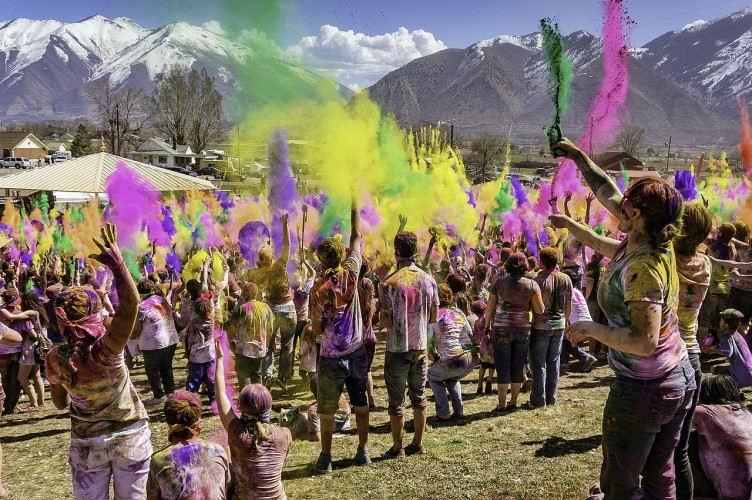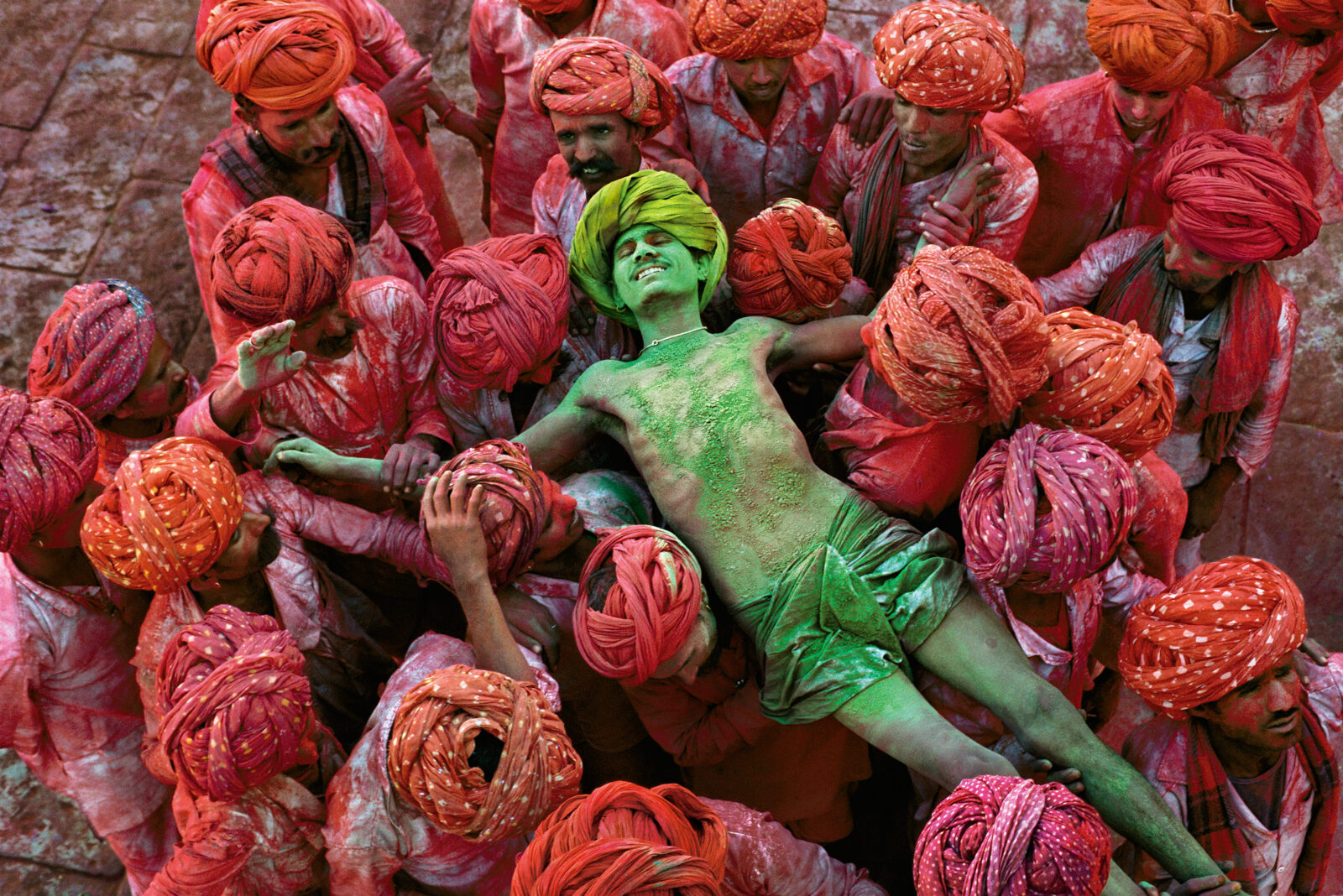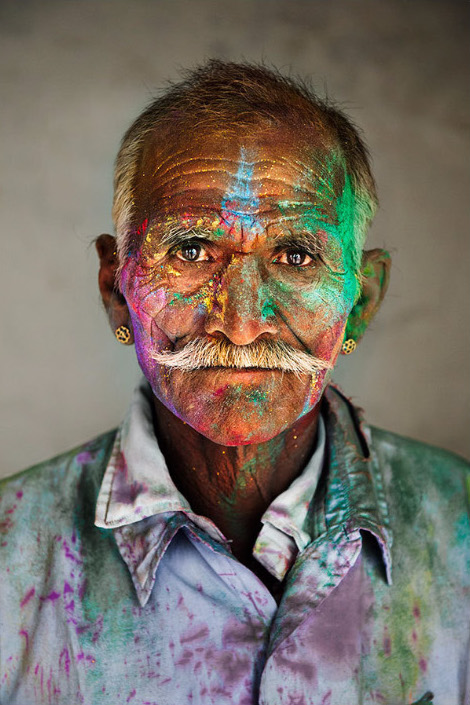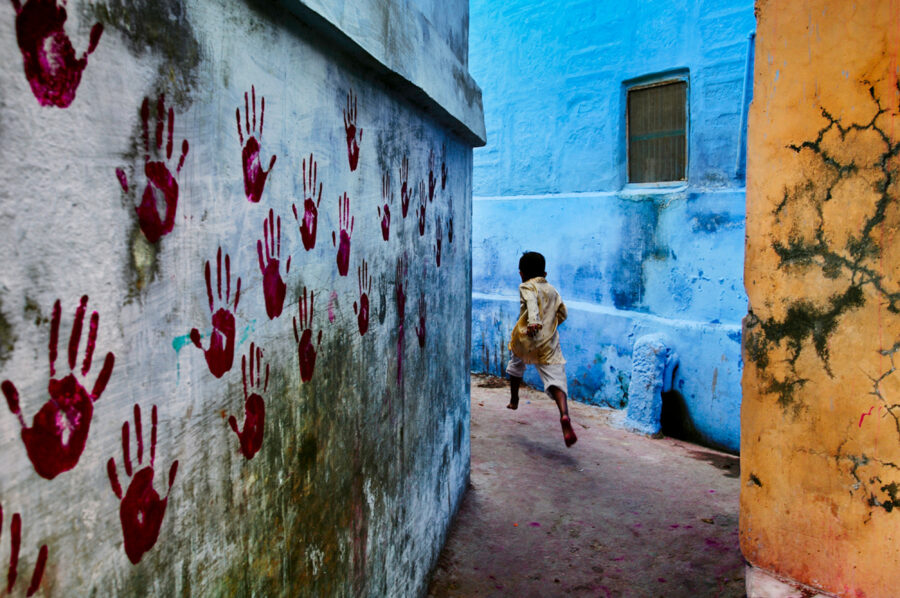Learn about the origins of Holi traditions in these three legends:
Holi Bonfires
According to legend, there was a stubborn and spiteful king, Hiranyakshyap. He let his power get to his head and believed that he was as mighty as the gods. Eventually, he issued a ruling that all of his subjects must pray to him, and to him alone. In defiance of the king, Hiranyakshyap’s son, Prahlad, prayed to Vishnu, the King’s greatest enemy. Hiranyakashipu called for his son’s execution, but every attempt failed because Prahlad was protected by Vishnu. Finally, Hiranyakashipu called upon his sister Holika, who had the power to withstand fire. Holika lured Prahlad to enter a fire with her, but the result was not in favor of the king; Holika burned, since her power dictated that she could only survive a fire when she was alone. Her death was a punishment from the gods for trying to kill her nephew. Prahlad, on the other hand, survived because of his devotional prayers to Vishnu. This is the origin of Holika Dahan (translated to Holika’s Death) when Hindus light bonfires the night before Holi.
Dhuleti Celebrations
Krishna is one of the most popular of the Hindu deities. In the Hindu tradition, there is a group of women, also known as the gopika, who are followers and devotees of Krishna. Radha was a prominent gopika and Krishna was very close with her. When he was young, the blue-skinned Krishna was jealous of Radha’s light complexion and complained to his mother. In response, she told him that he could make Radha any color he wanted if he just smeared pigments on her. From then on, there have been depictions of Krishna, Radha, and the other gopikas dousing each other with colored powder, the origin of the Dhuleti tradition.
Pranks and Jokes
The Ogress Dhundhi was a troublesome creature in the kingdom of Prithu; she would devour young, innocent children, and cause chaos. Ogress Dhundhi was invulnerable to man-made weapons like swords and arrows, but thanks to a curse from Shiva, her Achilles heel was being pranked by little boys! Eventually, the king called on the boys of his kingdom to attack the ogress. She was no match for the pranks and jokes thrown at her by these youths. This legend became the basis for the traditionally high-spirited and boisterous nature of children during the celebration of Holi.



